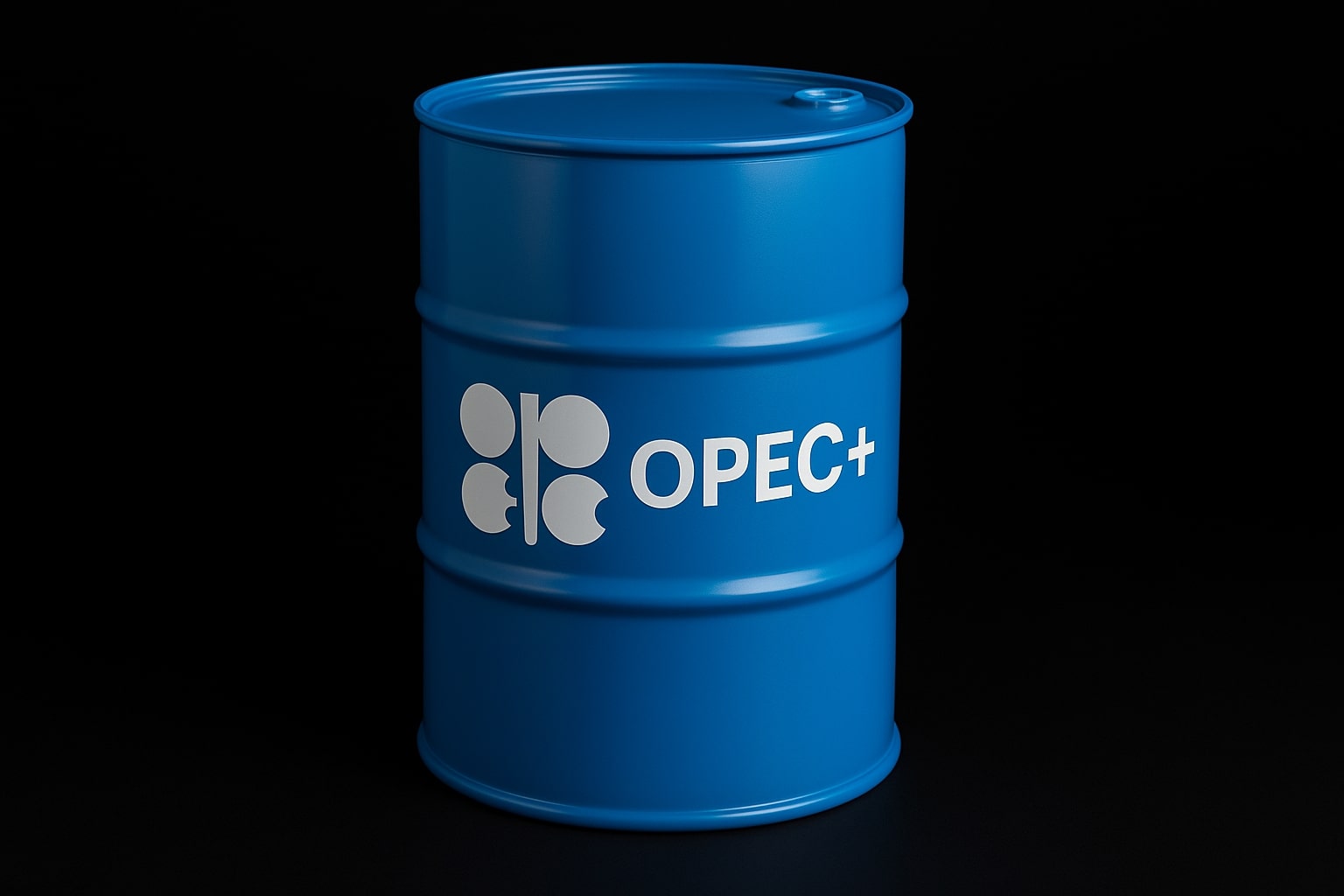WTI and Brent Oil Prices Under Pressure: The Path Ahead for 2025
The outlook for West Texas Intermediate (WTI) crude oil in 2025 is marked by a series of complex dynamics, ranging from geopolitical tensions to shifts in global demand and supply patterns. As of mid-April, WTI was trading at $62.63 per barrel, down from its earlier highs, and showing signs of continued volatility due to factors like U.S.-China trade tensions and broader macroeconomic uncertainties. The question on many traders' minds is whether WTI will break its current range or see a further downward spiral. Let's examine the key drivers that are shaping the trajectory of oil prices in the near and long term.
Geopolitical Tensions and Their Impact on Oil
The ongoing trade war between the U.S. and China, combined with increasing political instability in key oil-producing regions, continues to keep oil prices under pressure. The imposition of tariffs on a wide range of goods by U.S. President Donald Trump has created an environment of uncertainty. The recent move by Iraq to cut its oil-price assumption in its federal budget further reflects how declining oil prices are putting pressure on oil-producing economies. The fear of a global recession, triggered in part by escalating tensions, has dampened global demand for oil, which is contributing to the price slump.
Price Movements: Current Situation of WTI and Brent Crude
As oil prices fluctuate, Brent crude is now trading at $65.96 per barrel, and WTI is holding at $62.63 per barrel. Both benchmarks have seen significant dips recently, with Brent crude losing over 13% in April due to these geopolitical and economic pressures. The U.S. Energy Information Administration (EIA), in its latest report, has revised its forecast for WTI downward to $63.88 per barrel for 2025, a significant cut from its previous projection of $70.68 earlier in the year. The forecast for 2026 is even more pessimistic, at $57.48 per barrel, suggesting that oil prices are likely to face prolonged weakness unless there is a major shift in market conditions.
Supply and Demand Dynamics: What’s in Store for 2025?
OPEC+ continues to play a key role in determining the global supply of oil. However, increasing production levels from the group are expected to drive the market into surplus territory, which, combined with a weakening global economy, will create a market imbalance that could further drag oil prices down. Despite this, OPEC maintains a relatively optimistic demand growth forecast of 1.3 million barrels per day (bpd) in 2025, compared to the 730,000 bpd growth forecast by the International Energy Agency (IEA). These opposing views highlight the uncertainty in the market, as different organizations project significantly different outlooks for future demand.
U.S. Shale Production and Its Influence on WTI
The U.S. shale industry, which has been a major contributor to global oil supply, is facing limitations due to the geological constraints of shale plays. The EIA predicts that U.S. crude oil production will peak at 14 million bpd by 2027, and it will be difficult for shale output to continue rising at the same pace due to these inherent limitations. While shale production still contributes significantly to global supply, its growth rate has slowed considerably compared to the boom years of 2018-2019. This slowdown in production, combined with rising water-to-oil ratios, is expected to put additional pressure on WTI crude prices in the years ahead.
Global Economic Concerns and Their Impact on Oil Prices
The broader global economic environment remains a key determinant for oil prices in 2025. Rising inflation concerns, particularly in the U.S., along with the Federal Reserve's interest rate decisions, are influencing investor sentiment. The IEA's downward revision of oil demand growth by 300,000 bpd for the remainder of 2025 further highlights the weak demand expectations. Meanwhile, U.S. oil inventories showed an increase of 500,000 barrels for the week ending April 11, which underscores the market’s struggles with excess supply in the face of weakening demand.
As for WTI, its forecast for the second quarter of 2025 is projected to be $62.33 per barrel, with J.P. Morgan predicting $62 per barrel for 2025. These predictions reflect the overall bearish sentiment in the market, driven by fears of recession and trade-related uncertainties. The EIA also expects a decline in the WTI price to $57 by the end of 2026, underlining the challenging market conditions that are likely to persist for the foreseeable future.
Will Oil Prices Remain Under Pressure?
Despite the bearish outlook for WTI and Brent crude, the short-term may see some support due to geopolitical tensions, especially as tensions between the U.S. and China show no signs of abating. However, the outlook for the next few years suggests that oil prices may continue their downward trajectory unless there is a significant shift in supply-demand dynamics or a drastic change in global economic conditions.
Analysts are particularly concerned about the OPEC+ production increase, which is expected to put further downward pressure on oil prices. Additionally, the U.S.'s aggressive tariff policies have created a complex situation where trade disputes could weigh heavily on economic growth and oil demand. For WTI, the support levels are seen around $60 per barrel, with significant resistance at higher price levels.
While goldman Sachs has forecasted a $63 per barrel price for WTI in 2025, J.P. Morgan and Standard Chartered have slightly lower predictions, suggesting a cautious outlook for oil prices.
WTI’s Market Volatility: Opportunities or Risks for Investors?
The WTI market is expected to remain volatile in 2025, driven by a combination of economic policy shifts, supply-demand imbalances, and geopolitical risks. While the $60 per barrel level might provide short-term support, the longer-term outlook points to further price erosion unless there are major changes in the global oil landscape. With OPEC's production cuts and shale limitations potentially keeping supply constrained, the outlook for WTI crude could improve should global demand rise unexpectedly. However, given the current bearish sentiment, investors are advised to stay cautious in the face of this uncertainty.
In conclusion, WTI prices are expected to remain under pressure for much of 2025, with forecasts pointing to a range between $62 and $57 per barrel. However, the geopolitical risks and economic slowdown could keep prices volatile, offering opportunities for short-term traders. Investors should remain watchful of key price levels, as further declines below $60 could indicate more downside potential for WTI crude.




















